Indian Prime Minister Narendra Modi is preparing for a rare visit to China this week, his first since 2018, at a time when tariffs are reshaping India’s global trade outlook. The trip follows U.S. President Donald Trump’s decision to impose 50% tariffs on imports from India, a move that has amplified concerns over the country’s export competitiveness and economic resilience.
The steep U.S. duties, targeting a wide range of Indian goods, have underscored the vulnerability of export-driven industries and pushed New Delhi to diversify trade partnerships. Modi’s upcoming participation in the Shanghai Cooperation Organization (SCO) summit in Beijing—hosted by Chinese President Xi Jinping—comes against this backdrop of tariff pressure, highlighting India’s urgent need to safeguard market access and recalibrate its trade strategy.
Analysts note that while India and China have had long-standing diplomatic and security challenges, tariffs imposed by the U.S. have accelerated New Delhi’s outreach to alternative partners. “The levies created additional urgency for India to strengthen its economic ties with China, which remains a critical supplier of raw materials and a growing consumer market for Indian products,” said Manoj Kewalramani of the Takshashila Institution.
Economic realities are at the core of this visit. China is India’s second-largest trading partner after the United States, with bilateral trade reaching $118 billion in 2024. Many Indian industries rely on Chinese intermediate goods, while tariffs threaten access to U.S. buyers. By deepening engagement with Beijing, India hopes to offset some of the disruptions caused by tariff hikes and create new avenues for trade stability.
The Modi government has already been vocal about the risks tariffs pose to Indian growth. Officials argue that high U.S. duties have the potential to dampen export demand in sectors like textiles, gems, and engineering goods. At the same time, India is exploring tax reforms and domestic consumption measures to cushion the economy. Modi’s message of “self-reliance,” delivered during his Independence Day address, reflects this dual-track approach: reduce exposure to tariff shocks while broadening partnerships abroad.
The SCO summit provides a platform for this recalibration. Alongside leaders from Pakistan, Iran, and Central Asian states, Modi’s discussions with Xi Jinping are expected to focus on regional trade facilitation, tariff impacts, and opportunities to strengthen bilateral commerce. While longstanding border disputes remain a challenge, both sides have shown interest in ensuring that trade flows are not disrupted by geopolitical frictions.
Experts caution, however, that India’s balancing act will remain delicate. The U.S. continues to be a vital partner, particularly in defense and technology, but tariffs have underscored the risks of overdependence. China, while a key trading partner, also presents strategic competition. For India, navigating between tariff pressures and strategic autonomy is becoming increasingly central to its foreign trade policy.
“The United States remains India’s most important global partner, but tariffs have forced New Delhi to rethink its priorities,” Kewalramani observed. “Engaging China economically offers one way to ease the immediate pressure while India works to strengthen its domestic and export base.”
Modi’s visit to China, therefore, is not just about diplomacy—it is a response to tariff dynamics that are reshaping global trade. The outcomes of this trip may influence how India positions itself in the face of shifting tariff regimes, with stability and diversified trade partnerships at the forefront.
#GlobalTrade #TariffsAndDuties #IndiaChina #TradePolicy #SupplyChainNews

















